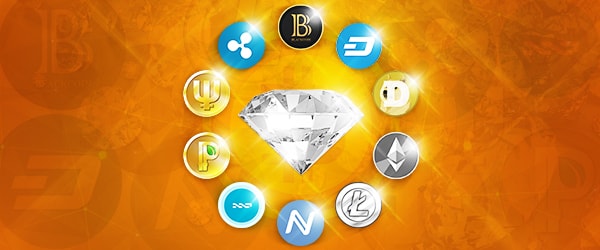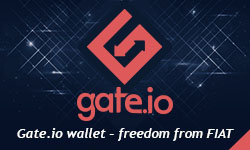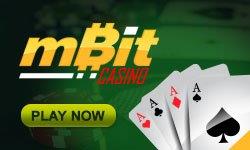Altcoins Still Going Strong In 2016

Satoshi Nakamoto opened a magic lamp in 2009 when he released his white paper on the Bitcoin protocol. The paper outlined the basics of Bitcoin and its underpinnings—information that can be used to create other cryptocurrencies. People have gone with this idea and run with it, releasing alternative cryptocurrencies, each with variations on how they perceive Bitcoin and altcoins should function.
Currently, there are hundreds of altcoins on the market. Most of these are just minor variations of the basic Bitcoin protocol. However, there are several altcoins that have made themselves sufficiently different from Bitcoin, that they can claim that they are really different from the first-ever cryptocurrency. This includes Litecoin, which uses a different hashing algorithm and has a higher limit than Bitcoin.
Ongoing cryptocurrency developments
Recently, altcoins have been receiving quite a bit of attention. This is mostly because people are recognizing the limits that Bitcoin has. Notable is the fact that Bitcoin’s community is resistant to changes that could affect the network as a whole. This is best seen in how Bitcoin is dealing with its block size debate.
Others note that Bitcoin’s place as the preeminent cryptocurrency makes it like gold in the digital economy—being the backbone of it—but not flexible enough to handle some transactions. This is where the alternatives come in.
Altcoins have not been idle in their spread. It has been noted that quite a few of them have managed to increase their market penetration. For instance, Dash has released a plugin and even a vending machine to showcase its quick transaction abilities. The developers of RibbitRewards, an altcoin designed to reward shoppers, are poised to release changes to the altcoin to give it the ability to give out smart contracts and branded rewards.
Some altcoins have made their mark by becoming associated with a particular country. Auroracoin and Scotcoin are two examples. Auroracoin is staging a comeback in its native Iceland, with over 10 percent of the country’s population having access to the currency.
Scotcoin is being adopted quickly in its home country via its “chain” system of promotion. Scotcoin promoters focus on the various parts of the supply chain of a product and then have Scotcoin be used by them. For instance, a pub accepts Scotcoin, while the suppliers it buys from also accept Scotcoin, and the suppliers buy raw ingredients with Scotcoin from farmers who accept it.
New kids on the block
While all of this is going on, people are still developing their own altcoins. The new big boy on the market is Ethereum. With its blockbuster crowdfunding debut and meteoric price rise, Ethereum is turning heads and is fast catching up to the Bitcoin lead.
Another one will be added this May as Golden Dynasty, a UK-based gold management company, is planning to release its Golden Dollar. Touted as the only cryptocurrency that is being backed by a physical asset, the Golden Dollar enters the market at a price that is pegged to the current price of gold. Analysts say that this particular altcoin will easily cross the $500 mark with its assets just due this year.



